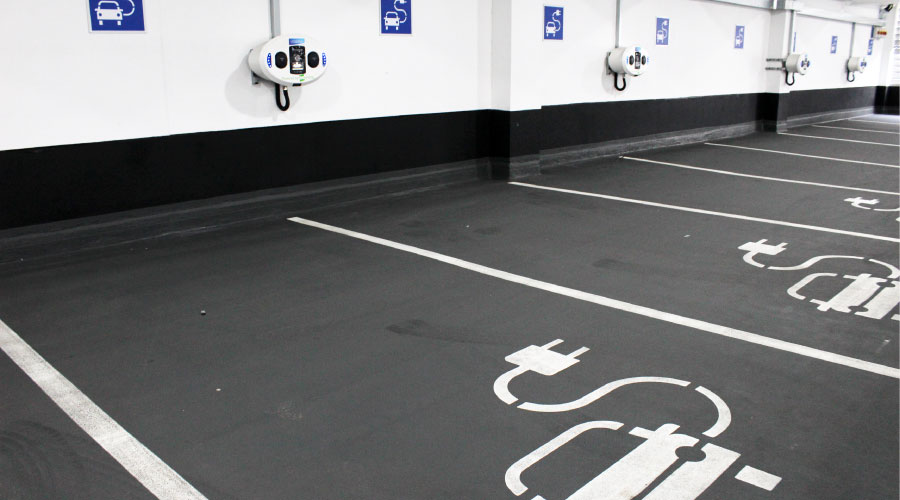Facilities Managers Should Weigh the Cost of Savings
The million-dollar question: How do you cut costs today without raising costs in the future?
By Edward Sullivan, Editor
You have no doubt heard the old knock on value engineering — that it’s a way of engineering the value out of a project. And you have likely seen more than one case where cost-cutting reduced the price tag of a construction or retrofit project but added years, even decades, of higher operating expenses. So you can relate to this horror story: The initial price of a flooring project in a medical facility was reduced $50,000 by omitting some things that should have been done, but the bill for those omissions will total $300,000, with the cost of business interruption reaching as high as $2 million. (See Lewis Migliore’s article about the real cost floorings.)
The problem isn’t the intention of saving money on the front end of a project. The problem is where that good intention leads if you ignore the long-term effect of steps to cut first costs.
Given all the pressure that facility managers face to control expenses, the real question is, how do you cut costs today without raising costs even more in the future? In some cases, you cut costs by investing more dollars today. A casino spent more on high-efficiency filtration so that it could reduce the amount of outside air it needed; that improvement was paid for by downsizing the HVAC system tonnage by 25 percent. (See James Newman’s article about how to achieve high-performance HVAC systems.)
The challenge for facility managers is to forget for a moment about the money that can be saved right now, and ask, what can go wrong if we take the step that will produce the savings? Answering that question may require calling in specialized expertise. That may be an added expense, but it’s one that can avoid unexpected costs down the road.
The same question applies to maintenance. As Migliore points out, maintenance costs sometimes can be reduced without reducing the amount of maintenance actually performed. But most often, less money spent on maintenance means less maintenance. Which almost certainly means higher operating costs, earlier equipment replacement, or both.
The bottom line for facility managers: It’s essential to pay attention to the costs that may arise when money is saved, and to consider the savings that may accrue when money is spent.
Tell me what you think at myfacilitiesnet.com/edsullivan
Related Topics:












